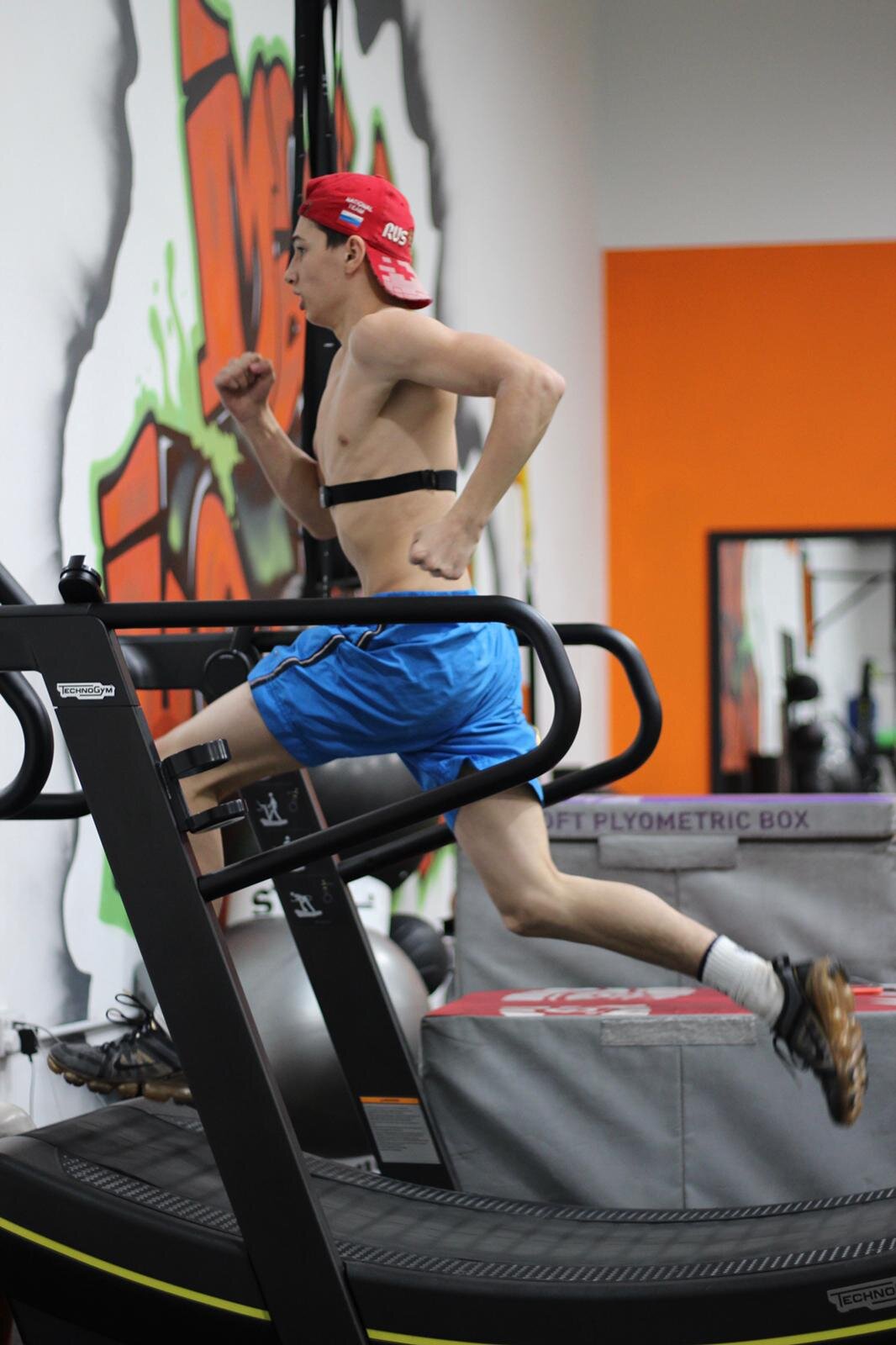This Article is Sponsored by Studio 9 Fitness. The Premier Sports Performance Facility in Wokingham, Berkshire.
Boxing contests can last 3-12 rounds of 2-3 minutes separated by 1-minute recovery in between rounds. The total fight duration depends on level of competition and weight category of the athletes, and the intensity is dictated by the tactics and strategies of boxers involved.
Boxing is an individual sport involving high-intensity intermittent energy systems demands, both aerobic and anaerobic (Smith, 2006). Boxing is estimated to be 70-80% anaerobic and 20-30% aerobic, with a work to rest ratio of 2:1 (A.K. Gosh, A. Goswami, A. Ahuja - Heart Rate & Blood lactate responses in amateur competitive boxing, 2003). This emphasises the need to integrate into a boxer’s training programme specific sessions aimed at increasing a boxer’s lactic acid tolerance. Interval work such as 8 x 1 minute rounds on the focus pads with 1-minute recovery between rounds has been shown to be an effective method of stressing the anaerobic glycolytic energy system (Smith, 2006).
In the research article by Marcus S. Smith in 2006, “physiological profile of senior and junior England international amateur boxers” it was found that:-
· High post-competition blood lactate values highlighted the need for a well-developed anaerobic capacity and the importance of not entering the ring in a glycogen depleted state.
· The aerobic challenge of competition was demonstrated by maximum heart rate values being recorded during sparring.
· It was concluded that boxing performance is dependent on the interplay between anaerobic and aerobic energy systems.
Davis et al examined VO2 in a sample of boxers during a 3x 2 minute simulated amateur boxing contest using a breath-by-breath gas analyser and observed that the metabolic profile of amateur boxing is mainly aerobic. It follows that the more rounds in the contest, the more challenge on the aerobic system.
Interval training is a method that emphasises bioenergetic adaptations for a more efficient energy transfer within the metabolic pathways by using predetermined intervals of exercise and rest periods. Christensen, EH, Hedman, R and Saltin, B. Intermittent and continuous running (A further contribution to the physiology of intermittent work) 1960 showed how more training can be accomplished at higher intensities with interval training.
More research is necessary to provide evidence-based recommendations for optimal work-to-rest ratios but NSCA Essentials of Strength Training and Conditioning Fourth Edition provides some general guidance for work to rest ratios for interval training. Those particularly relevant to boxing are:-
90-100% maximum power – primary energy system is phosphagen – typical exercise time of 5-10 seconds – work-to-rest ratios of 1:12 to 1:20
75-90% maximum power – primary energy system is fast glycolysis – typical exercise time of 15-20 seconds – work-to-rest ratios of 1:3 to 1:5
30-75% maximum power – primary energy system is fast glycolysis and oxidative – typical exercise time of 1-3 minutes – work-to-rest ratios of 1:3 to 1:4
Buchheit and Laursen stated that HIIT “is today considered one of the most effective forms of exercise for improving physical performance in athletes”.
To optimise HIIT training adaptations for athletes, HIIT sessions should maximise the time spent at or near VO2 max. The active portions of the intervals should equate to several minutes above 90% of VO2 max.
Data by Boxing Science taken from 6-12 round spars of 3 minute rounds and 30-60 seconds recovery showed that the total time spent in more than 90% of max heart rate was 65% and the average time spent in the “red zone” was 18:16 minutes. Boxing is NOT an endurance sport! It requires repeated high intensities and red zone adaptability.
30 second max effort sprints are 100% sprint efforts for 30 seconds, repeated a minimum of 4 times, with 3 minutes recovery between each 30 second effort.
They help you train your ability to rapidly produce and sustain high-forces that are important to the success of combat sports performance and because your performance is dependent on your aerobic energy system, and although these look like anaerobic efforts, they have a strong aerobic demand, especially as the session continues – and it is this aerobic demand that helps you to improve the way your cells utilise oxygen – therefore helping aerobic performance capability.
Try 30 second max effort sprints on the Skillmill, Prowler or Wattbike.
We are Built not Born.
www.builtnotborn.co.uk
Royston Barney-Smith
Two-Time Schoolboy & European Gold Medalist

